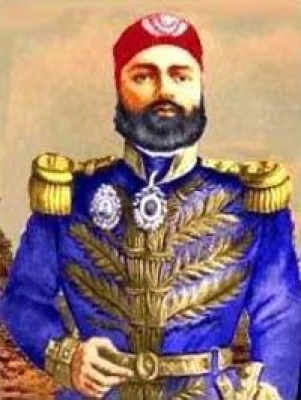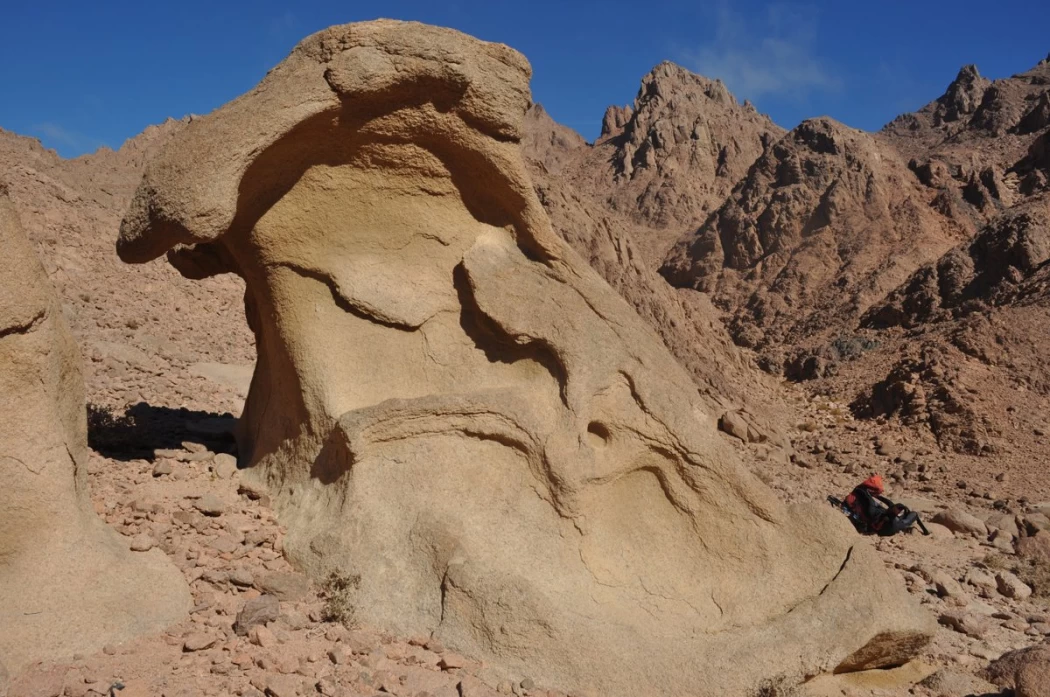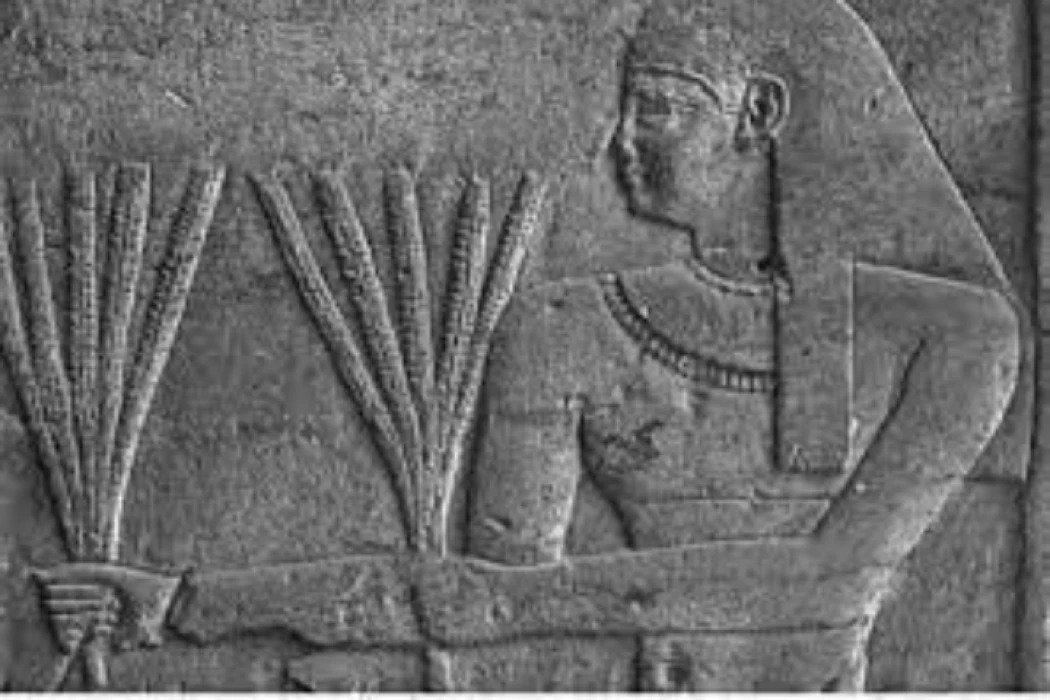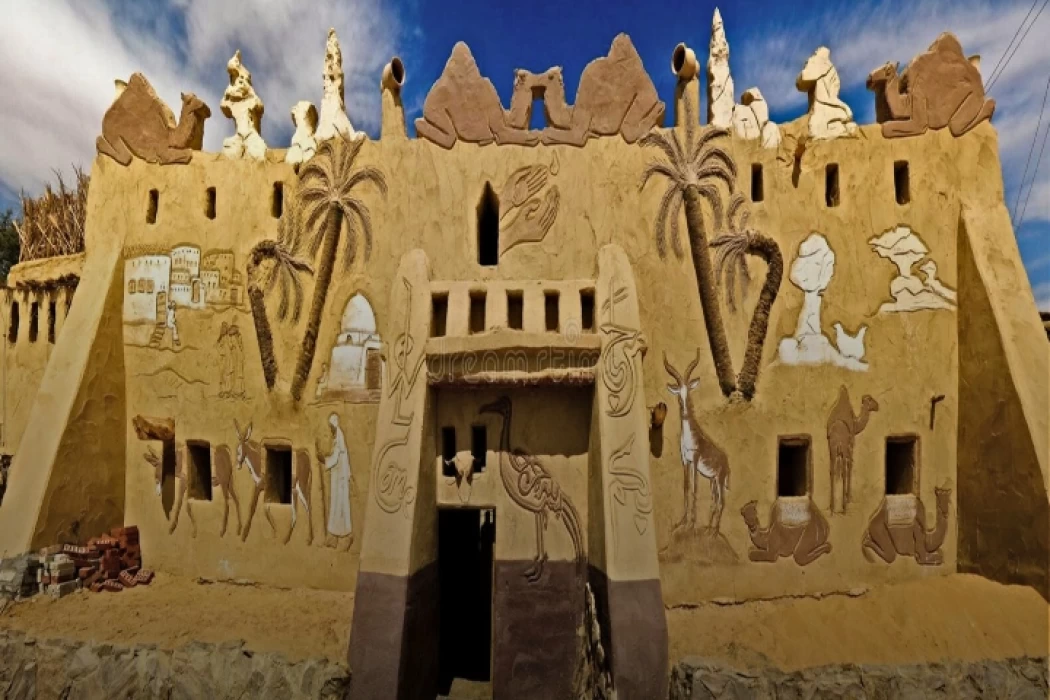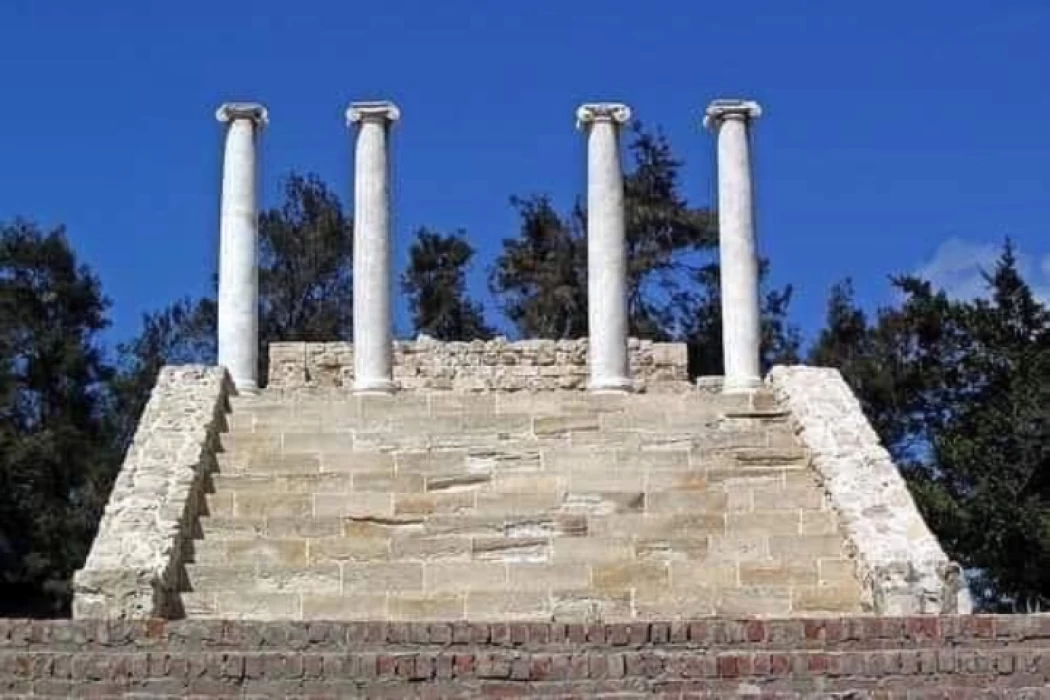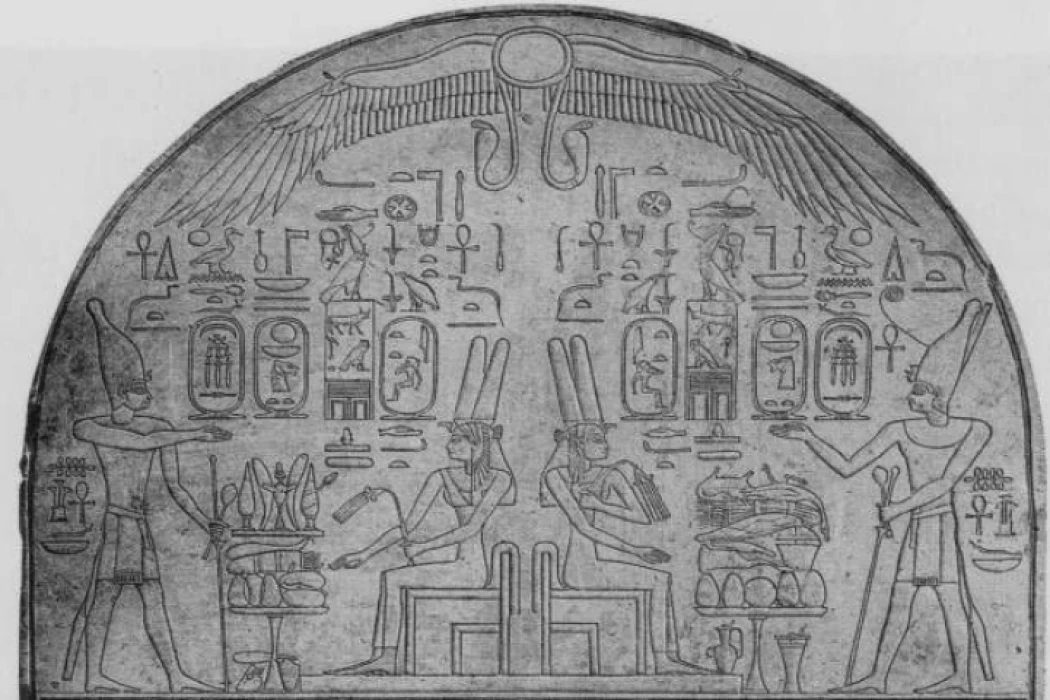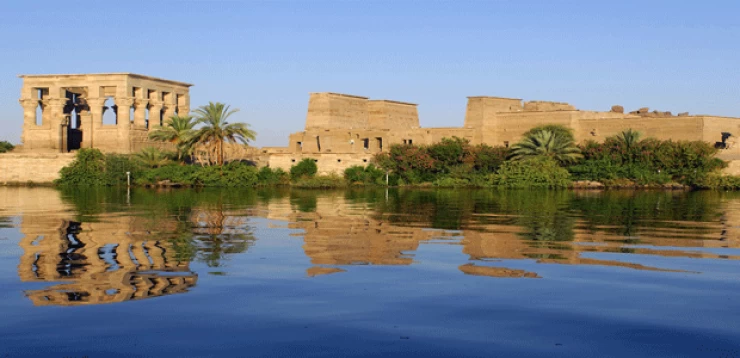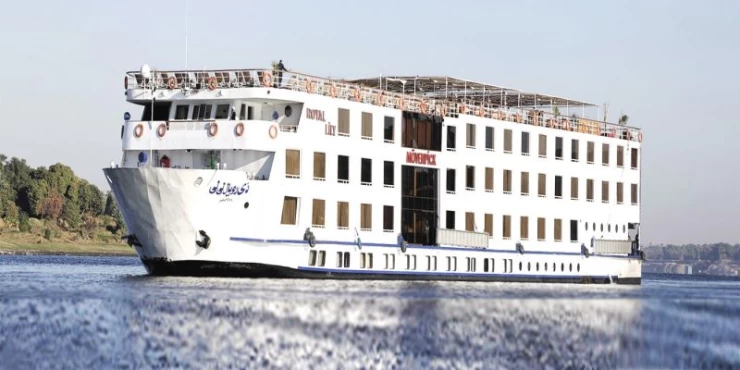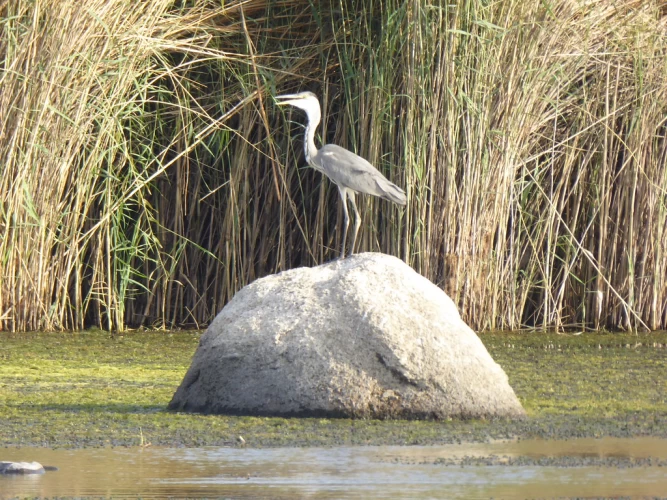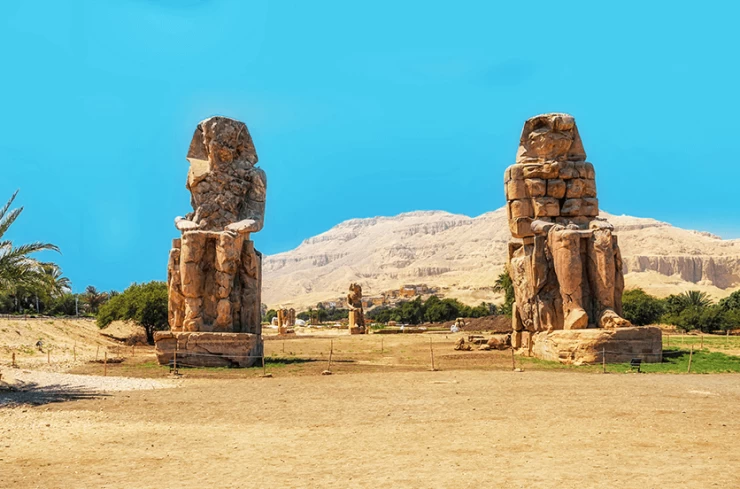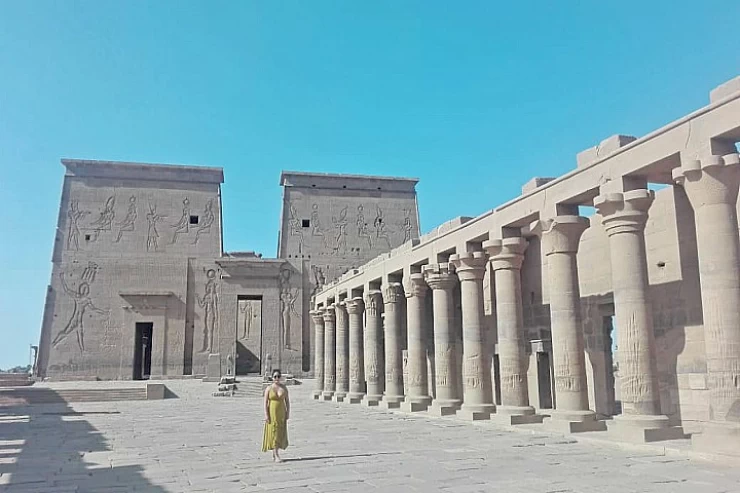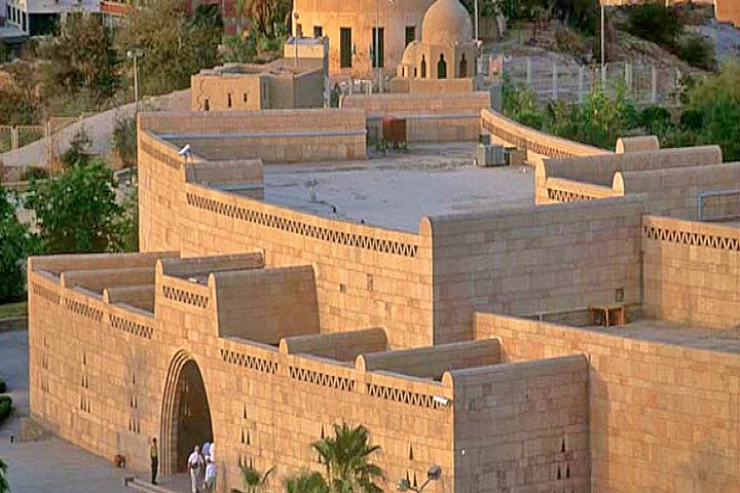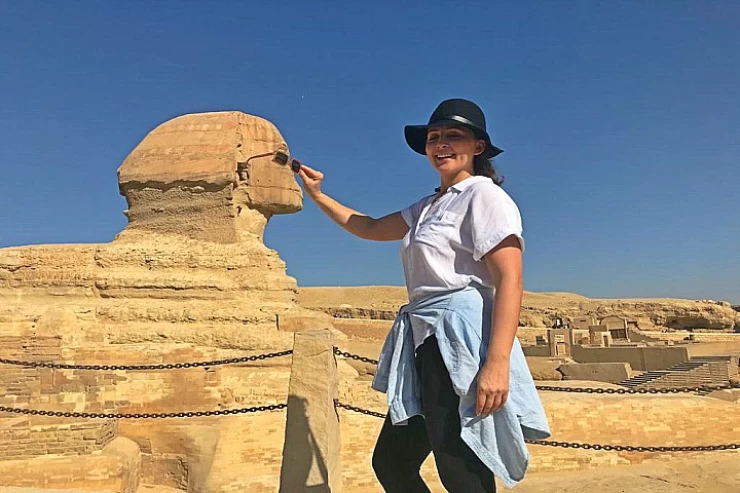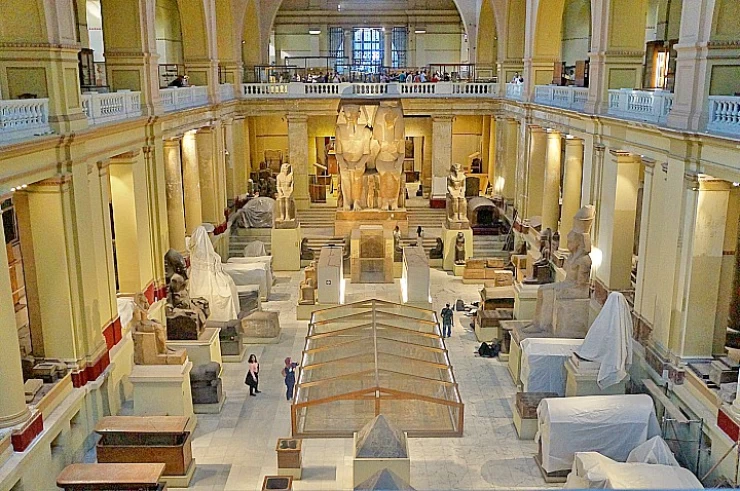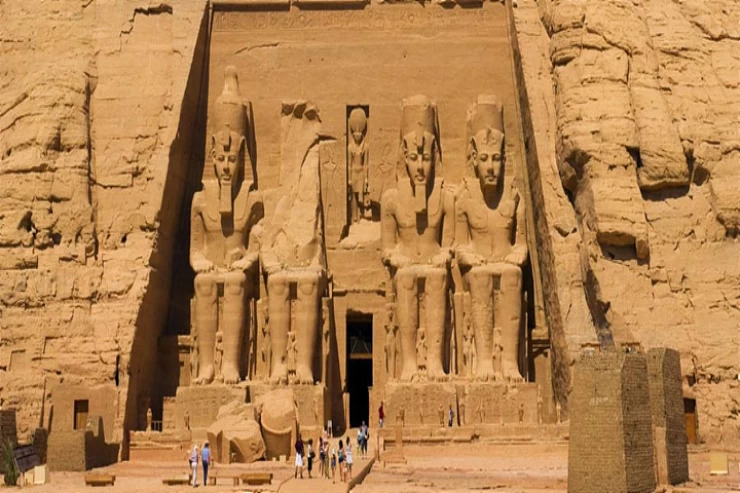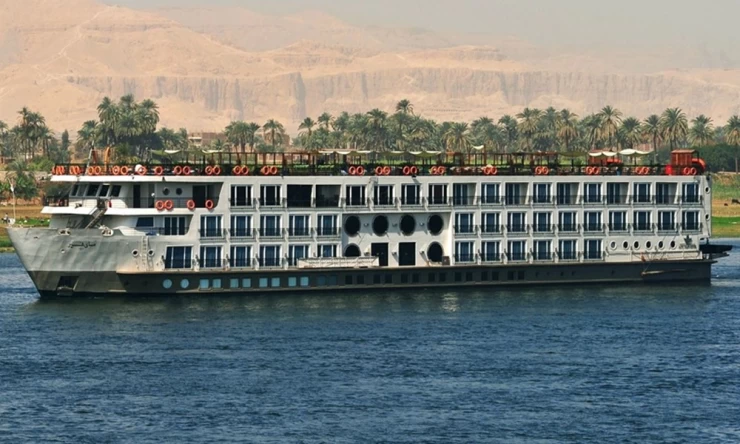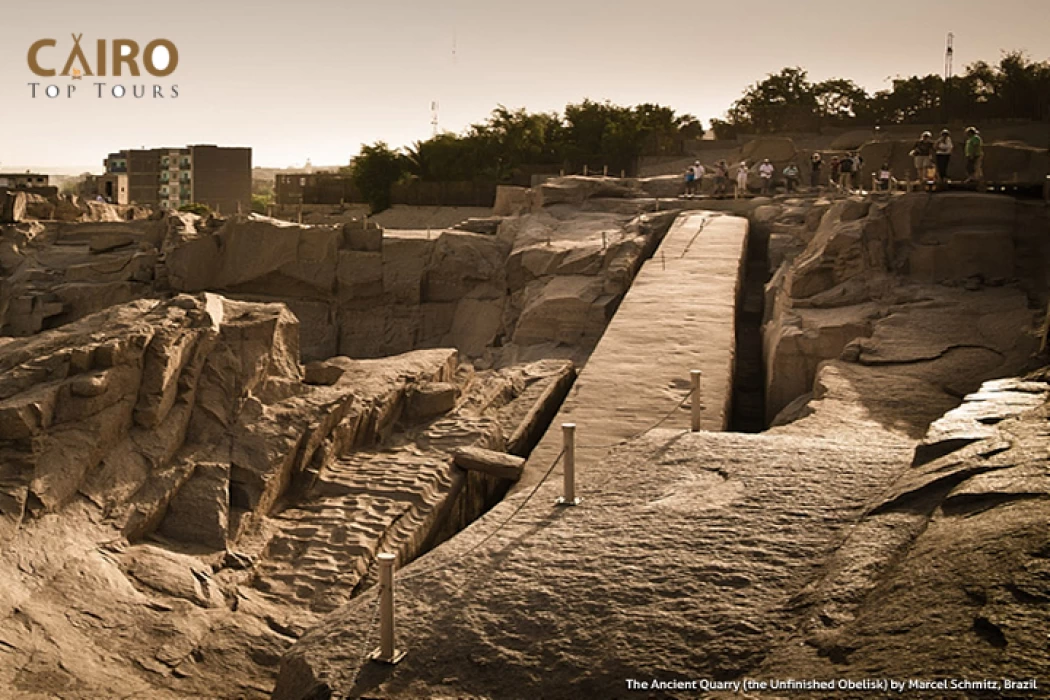
The Unfinished Obelisk in Aswan
The unfinished obelisk is located in the northern part of a quarry there, located near Aswan on the eastern shore of the Nile and about 1 km east of the Nile River. The height of the obelisk was to reach about 7 and 41 meters, and its cross-section at its base is 2 and 4 meters by 2 and 4 meters, and when completed, its weight reaches about 1168 tons.
The time of excavation of this obelisk is not precisely known. It is believed that the beginning of work on it was during the reign of Queen Hatshepsut to put it "transferred" and installed it in the Karnak Temple in Luxor. After the ancient Egyptian workers dug the obelisk from three sides, in preparation for removing it from the piles and completing its processing, they discovered a crack in it that made it unusable. The workers stopped completing it.
The lower surface of the 42-METER obelisk is still attached to the ground rock from which it is cut. Some traces on the obelisk indicate attempts to save part of it, probably during the reign of Thutmose III.
Visitors can visit the obelisk and view it. It gives a picture of how the ancient Egyptians worked in stone cutting. The area of the ancient quarries of Aswan extends to about 6 kilometers parallel to the Nile River. Pink granite from this region was an important Stone in the construction of the pyramids in ancient Egypt. From these quarries, stones were cut for the manufacture of solid coffins, false doors, interior coverings of Chambers, and columns of temples. The burial chamber of Pharaoh Cheops in the Great Pyramid was made of this granite, Granite is not found in northern Egypt. The workers had to transport granite stones, some of which weighed 12 tons, and they had to transport them to Giza in the north by the Nile Road.
The covering with pink granite received great attention during the reigns of the Pharaohs Khafre and Menengar of the Fourth Dynasty. The amount of granite used by Khafre in the construction of the mortuary temple, the valley temple, and the Sphinx temple is about 17,000 cubic meters. Menkaure also covered the lower part of his pyramid in Giza with pink granite stones coming from Aswan, and this required about 15,000 cubic meters of granite.
The amount of pink granite stones excavated in Aswan is about 100,000 cubic meters. Of these, about 45,000 cubic meters were used in construction work.
One of the most puzzling things for scientists so far is how the ancient Egyptians transported these heavy stones on the Nile - some of them weighed 12 tons or more. They are amazed at how a 280-ton obelisk was transported on the Nile and transported from Aswan to the Luxor Temple. Or how the ancient Egyptians wanted to transfer the incomplete obelisk from Aswan to Luxor via the Nile to erect it in the Karnak Temple-it weighed 1168 tons
World Heritage Site,
The Aswan quarry from the time of the Pharaohs has today become an open-air museum that visitors can view, and at the same time, it is a place where scientific research is conducted and maintained by the Egyptian government. In 1979, UNESCO declared the quarry a World Heritage site and included it on the African list of World Heritage.
Latest Articles
Admin
Regin of Abbas I of Egypt | Abbas Pasha I
Abbas has been often described as a mere voluptuary, but Nubar Pasha spoke of him as a true gentleman of the "old school". He was seen as reactionary, morose and taciturn, and spent nearly all his time in his palace. He undid, as far as lay in his power, the works of his grandfather, both good and bad.
Admin
Story of Gabal Shayeb Al Banat - Red Sea Mountain
Jabal shayb al-banat is one of the Red Sea Mountains in the eastern desert in Egypt, located to the west of the city of Hurghada at a latitude of 27 degrees north and a longitude of 33.5 degrees east of the Greenwich line approximately, this mountain is the highest mountain peak in the eastern desert with a height of up to 2185 meters, it is a prominent mass of igneous rocks
Admin
Neper God Of Grain
Neper was the deity of grains, particularly cereals that were important in Ancient Egypt, such as wheat and barley. It was stated that he foretold when the crops would grow, be harvested, and disappear.
Admin
Badr Museum in Farafra
The Badr Museum is located in a mud building, which is the common home found in this medieval part of Egypt. All of the artwork that was created by the artist is quite unique. His work almost always depicts life in the Farafra Oasis and he provides the work through both painting and sculpting.
Admin
The Black Head Temple
The Black Head Temple is a small temple dedicated to the worship of the goddess Isis and was discovered in 1936, by chance, in the Black Head area, which is now located within the Mandara area of the Montazah district in Alexandria. This temple was moved from its original place to the Latin Necropolis in 1994.
Admin
The Queen Tetisheri
Tetisheri was the mother of Seqenenre Tao, Queen Ahhotep I, and possibly Kamose. For sure, she was the mother of Satdjehuty/Satibu, as attested on the rishi coffin of the latter. At Abydos, her grandson King Ahmose I erected a Stela of Queen Tetisheri to announce the construction of a pyramid and a "house" for Tetisheri.
